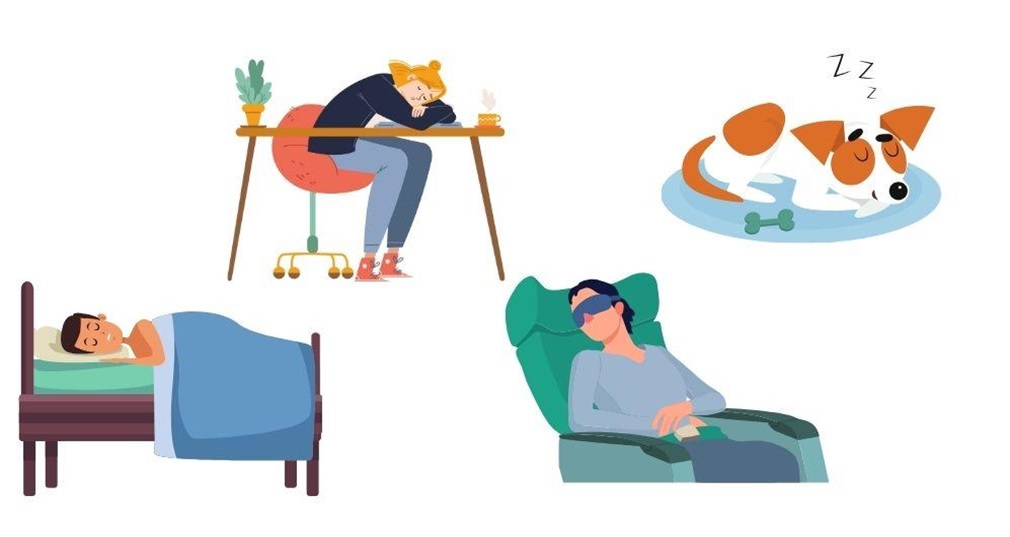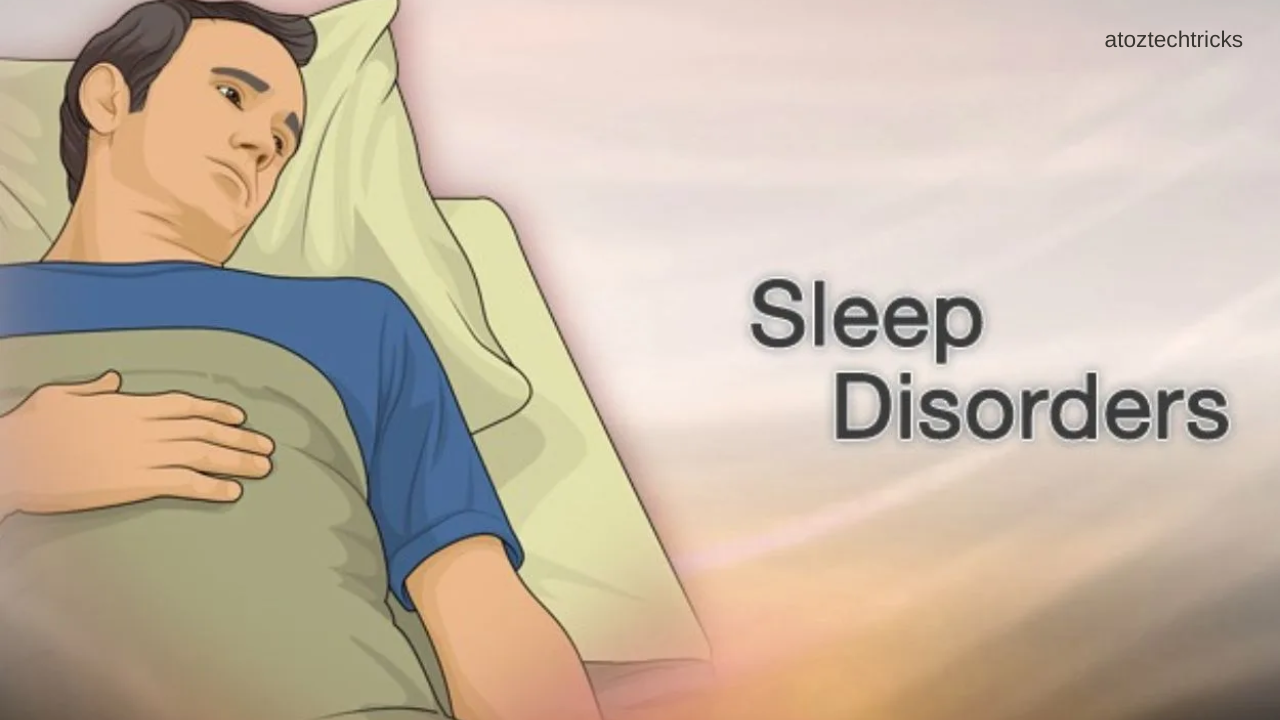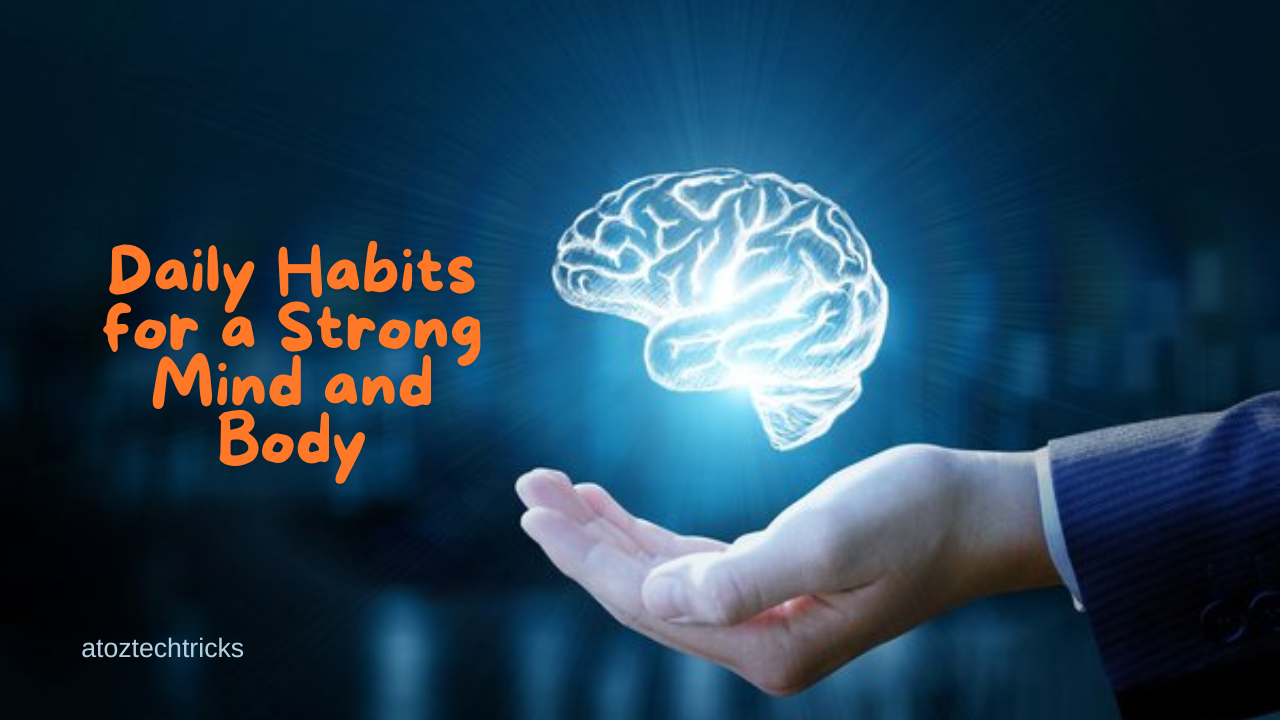Common Sleep Disorders and How to Address Them
Sleep is a fundamental aspect of our health and well-being, yet millions of people around the world struggle with sleep disorders. These disorders can affect anyone, regardless of age or lifestyle, and can lead to a host of other health issues if left untreated. In this comprehensive guide, we’ll explore the most common sleep disorders, their symptoms, causes, and effective strategies for managing and overcoming them.
1. Insomnia
What Is Insomnia?
Insomnia is a prevalent sleep disorder characterized by difficulty falling asleep, staying asleep, or waking up too early and not being able to return to sleep. People with insomnia often feel unrefreshed upon waking and may experience daytime fatigue, mood disturbances, and impaired functioning.
Symptoms of Insomnia
- Difficulty falling asleep despite being tired
- Waking up frequently during the night
- Waking up too early in the morning
- Feeling unrefreshed after sleep
- Daytime sleepiness, irritability, or difficulty concentrating
Causes of Insomnia
Insomnia can be caused by a variety of factors, including:
- Stress and Anxiety: Worries about work, relationships, or other life stressors can disrupt sleep.
- Poor Sleep Habits: Irregular sleep schedules, excessive screen time before bed, and consumption of caffeine or alcohol can contribute to insomnia.
- Medical Conditions: Chronic pain, respiratory issues, and other medical conditions can interfere with sleep.
- Medications: Certain medications, including stimulants and some antidepressants, can disrupt sleep patterns.
How to Address Insomnia
- Cognitive Behavioral Therapy for Insomnia (CBT-I): CBT-I is a structured program that helps individuals identify and change thoughts and behaviours that contribute to insomnia. It is considered one of the most effective treatments for chronic insomnia.
- Sleep Hygiene: Establish a regular sleep schedule by going to bed and waking up at the same time every day. Create a relaxing bedtime routine, limit exposure to screens before bed, and ensure your sleep environment is comfortable and dark.
- Limit Stimulants: Avoid caffeine and nicotine close to bedtime. Additionally, reduces alcohol consumption, as it can disrupt sleep patterns.
- Manage Stress: Incorporate stress-reducing techniques such as mindfulness, meditation, or deep breathing exercises into your daily routine.

2. Sleep Apnea
What Is Sleep Apnea?
Sleep apnea is a serious sleep disorder where breathing repeatedly stops and starts during sleep. The most common type is obstructive sleep apnea (OSA), which occurs when the throat muscles intermittently relax and block the airway during sleep.
Symptoms of Sleep Apnea
- Loud snoring
- Episodes of choking or gasping during sleep
- Excessive daytime sleepiness
- Morning headaches
- Difficulty concentrating
Causes of Sleep Apnea
- Excess Weight: Obesity can increase the risk of sleep apnea due to the extra tissue in the throat.
- Anatomical Factors: A narrow airway, enlarged tonsils, or other anatomical features can contribute to sleep apnea.
- Alcohol and Sedatives: These substances relax the throat muscles, increasing the likelihood of airway obstruction.
How to Address Sleep Apnea
- Continuous Positive Airway Pressure (CPAP): A CPAP machine delivers a steady stream of air through a mask to keep the airway open during sleep. It is the most common and effective treatment for sleep apnea.
- Lifestyle Changes: Weight loss, quitting smoking, and avoiding alcohol and sedatives can significantly improve symptoms of sleep apnea.
- Positional Therapy: For some people, sleeping on their side rather than their back can reduce symptoms of sleep apnea.
- Surgery: In cases where other treatments are ineffective, surgical options may be considered to remove excess tissue or correct anatomical issues.
Incorporating Rest and Relaxation into Daily Life: A Comprehensive Guide
3. Restless Legs Syndrome (RLS)
What Is Restless Legs Syndrome?
Restless Legs Syndrome (RLS) is a condition characterized by an uncontrollable urge to move the legs, often accompanied by uncomfortable sensations. These symptoms typically occur during periods of rest or inactivity, especially in the evening or at night.
Symptoms of RLS
- Unpleasant sensations in the legs, often described as crawling, tingling, or aching
- An irresistible urge to move the legs
- Symptoms that worsen during periods of inactivity and improve with movement
- Difficulty falling asleep or staying asleep due to discomfort
Causes of RLS
- Genetics: RLS can run in families, suggesting a genetic predisposition.
- Iron Deficiency: Low levels of iron in the brain may contribute to RLS symptoms.
- Pregnancy: RLS symptoms can occur during pregnancy, particularly in the third trimester.
- Chronic Diseases: Conditions such as diabetes, kidney failure, and Parkinson’s disease can be associated with RLS.
How to Address RLS
- Iron Supplementation: If iron deficiency is identified, iron supplements may help alleviate symptoms.
- Medications: Dopaminergic agents, such as pramipexole or ropinirole, can be effective in treating RLS. In some cases, anticonvulsants or opioids may also be prescribed.
- Lifestyle Changes: Regular exercise, good sleep hygiene, and avoiding caffeine and alcohol can help manage symptoms.
- Leg Massage and Warm Baths: These can provide temporary relief from the discomfort associated with RLS.
4. Narcolepsy
What Is Narcolepsy?
Narcolepsy is a chronic sleep disorder characterized by excessive daytime sleepiness and sudden, uncontrollable episodes of sleep. It can also involve sudden muscle weakness or paralysis, known as cataplexy.
Symptoms of Narcolepsy
- Excessive daytime sleepiness, even after a full night’s sleep
- Sudden loss of muscle tone (cataplexy) triggered by strong emotions
- Sleep paralysis, where a person is temporarily unable to move or speak while falling asleep or waking up
- Hypnagogic hallucinations, vivid and often frightening dreams or hallucinations occurring while falling asleep
Causes of Narcolepsy
- Genetic Factors: There is evidence suggesting that narcolepsy may have a genetic component.
- Autoimmune Response: Some research indicates that narcolepsy may be linked to an autoimmune attack on the brain’s hypocretin-producing neurons.
How to Address Narcolepsy
- Medication: Stimulants, such as modafinil or amphetamines, can help manage excessive daytime sleepiness. Antidepressants may be used to address cataplexy and other symptoms.
- Lifestyle Modifications: Scheduled naps and maintaining a regular sleep schedule can help manage daytime sleepiness.
- Sleep Hygiene: Creating a consistent and restful sleep environment can improve overall sleep quality.
- Support and Education: Understanding the disorder and seeking support from support groups or counselling can be beneficial.

5. Circadian Rhythm Disorders
What Are Circadian Rhythm Disorders?
Circadian rhythm disorders involve disruptions in the body’s internal clock, leading to problems with sleep timing and quality. Common examples include delayed sleep phase disorder (DSPD) and shift work disorder.
Symptoms of Circadian Rhythm Disorders
- Difficulty falling asleep or waking up at desired times
- Excessive daytime sleepiness or insomnia
- Disrupted sleep patterns affecting daily functioning
- Difficulty adjusting to changes in work shifts or time zones
Causes of Circadian Rhythm Disorders
- Irregular Sleep Schedules: Frequent changes in sleep patterns, such as those experienced by shift workers, can disrupt circadian rhythms.
- Travel Across Time Zones: Jet lag occurs when travelling across time zones, causing misalignment between the internal clock and external time.
- Genetics: Some individuals may have a genetic predisposition to circadian rhythm disorders.
How to Address Circadian Rhythm Disorders
- Light Therapy: Exposure to bright light in the morning can help reset the internal clock and improve sleep patterns.
- Chronotherapy: Gradually adjusting sleep times to align with desired sleep schedules can help manage circadian rhythm disorders.
- Consistent Sleep Schedule: Maintaining a regular sleep routine, even on weekends, can support a stable circadian rhythm.
- Avoid Stimulants: Minimize the use of caffeine and electronic devices before bedtime to prevent disruptions in sleep patterns.
6. Parasomnias
What Are Parasomnias?
Parasomnias are a group of sleep disorders characterized by abnormal or unusual behaviours during sleep. Common parasomnias include sleepwalking, night terrors, and REM sleep behaviour disorder.
Symptoms of Parasomnias
- Sleepwalking: Walking or performing other complex behaviours while asleep.
- Night Terrors: Episodes of intense fear, screaming, and agitation during sleep, often with little to no recollection upon waking.
- REM Sleep Behavior Disorder: Acting out dreams during REM sleep, which can involve violent movements or vocalizations.
Causes of Parasomnias
- Stress and Anxiety: High levels of stress can contribute to the occurrence of parasomnias.
- Sleep Deprivation: Lack of sleep or irregular sleep patterns can trigger parasomnias.
- Medications and Substance Use: Certain medications or substances can increase the likelihood of parasomnias.
How to Address Parasomnias
- Improve Sleep Hygiene: Establishing a consistent sleep schedule and creating a restful sleep environment can reduce the frequency of parasomnias.
- Stress Management: Techniques such as relaxation exercises, meditation, and therapy can help manage stress levels and reduce parasomnia episodes.
- Safety Measures: For sleepwalking or REM sleep behaviour disorder, ensure a safe sleeping environment by removing potential hazards and locking windows and doors.
- Medical Evaluation: In severe cases, a sleep study or consultation with a sleep specialist may be necessary to diagnose and treat underlying conditions.

Sleep disorders can have a profound impact on overall health and quality of life. Identifying the specific type of sleep disorder and understanding its underlying causes are crucial steps toward effective treatment. Whether through lifestyle changes, medical interventions, or a combination of both, addressing sleep disorders can lead to significant improvements in sleep quality and overall well-being.
If you or someone you know is struggling with sleep issues, seeking professional help from a healthcare provider or sleep specialist is essential for proper diagnosis and treatment. With the right approach, it is possible to overcome sleep disorders and achieve restful, restorative sleep.




Post Comment